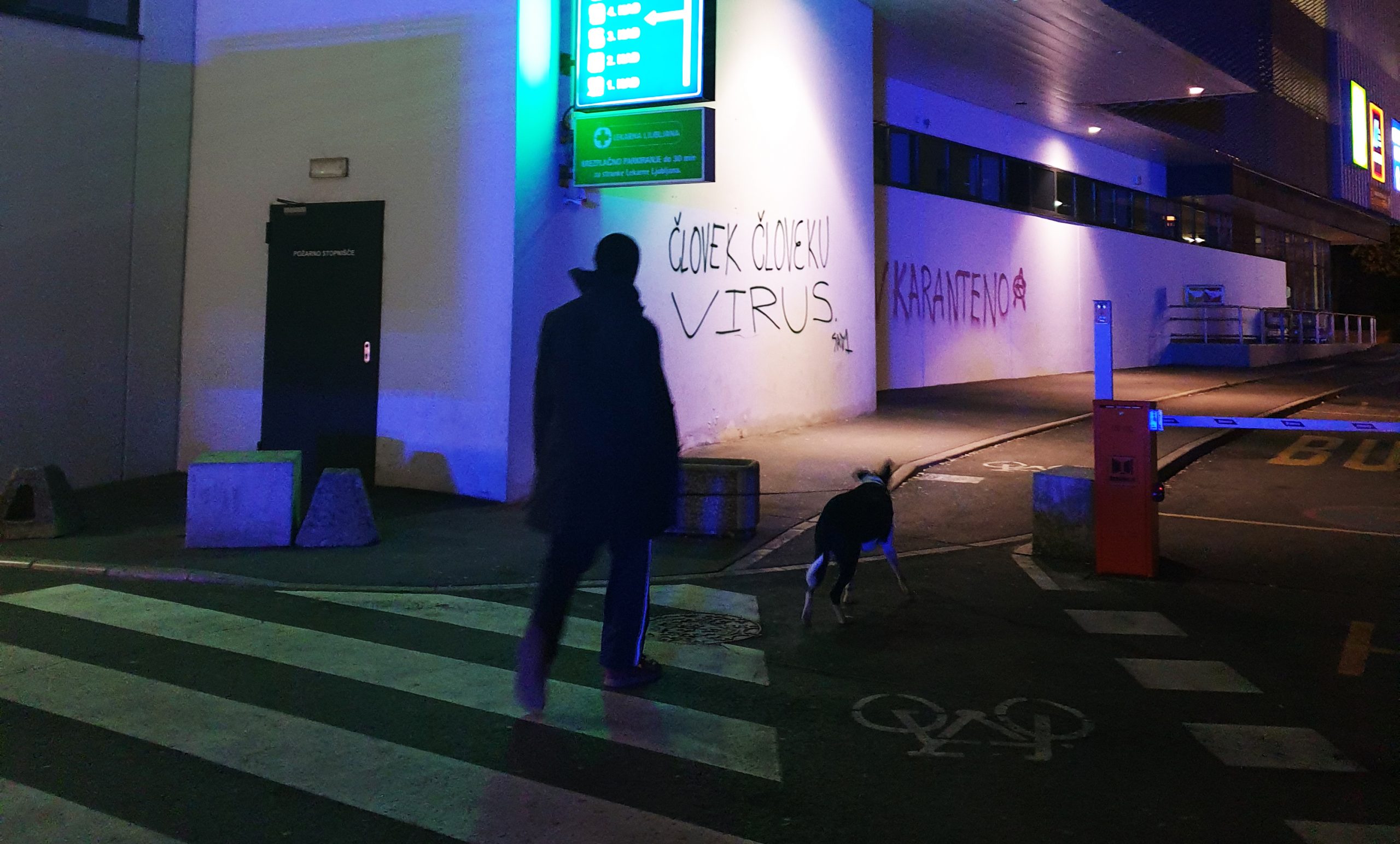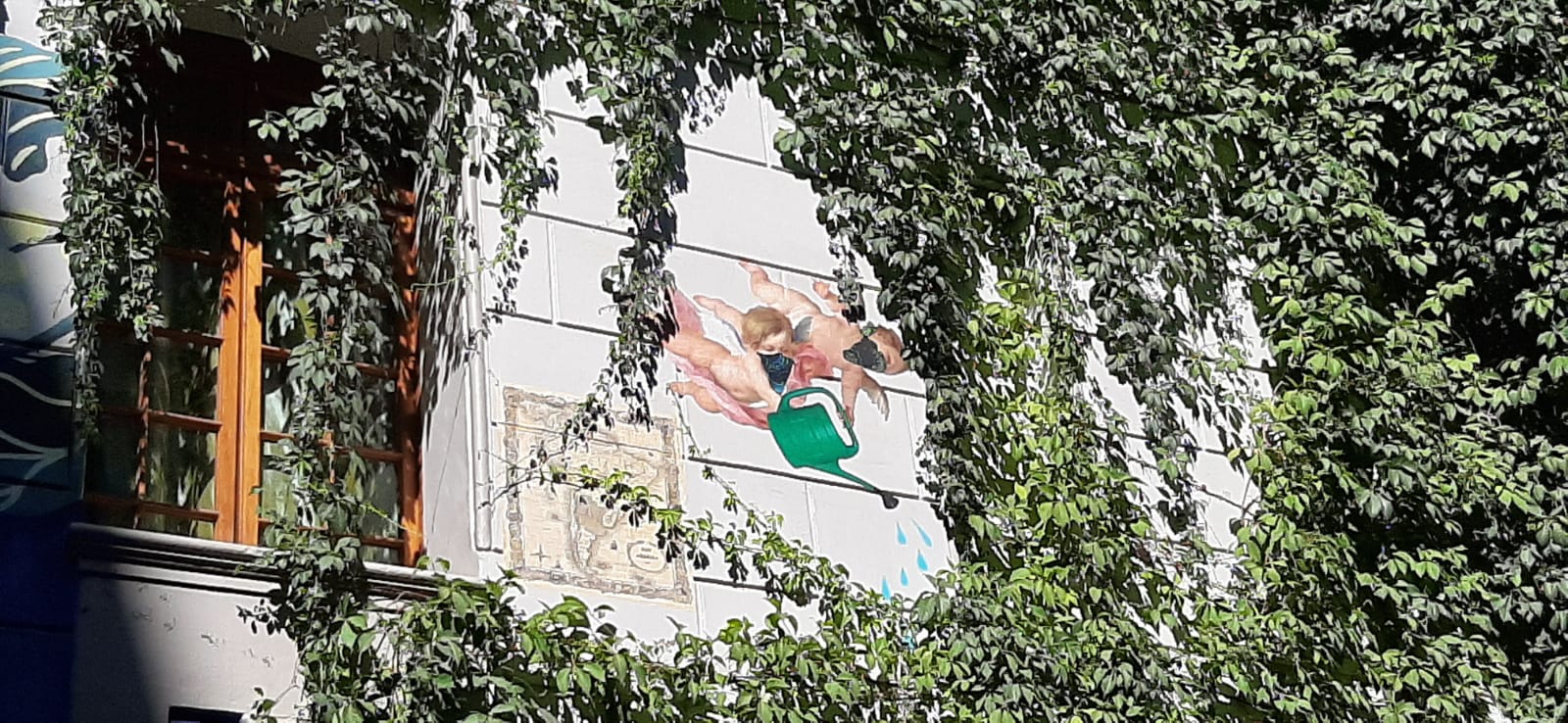SENSOTRA tutkimushankkeen aistiympäristökokemukset talteen | SENSOTRA research project sensory environment experiences captured
(Please, scroll down to read a summary in English.) SENSOTRA-hankkeessa tutkitaan eri sukupolvien edustajien kokemuksia omasta elinympäristöstään. Erityisen kiinnostuneita projektin tutkijat ovat olleet siitä, miten erilaiset laitteet ja teknologiset apuvälineet vaikuttavat ihmisten elämään. Tutkimuksen kohteena on kolmen keskisuuren eurooppalaisen kaupungin – Turun, Brightonin ja Ljubljanan – elettyjen aistiympäristöjen muutos aikavälillä 1950—2021. Puolet tutkittavista on eri […]
Sharing humanity
The sensescape is not the same for everybody. Our subjectivity and sensibility, shaped by previous experience, make us feel some qualities of the space around us in a specific way. We react differently to heat and wind, to the smell of a flower or the noise of traffic. Our heart beats for the mountains in […]
Recalibrating after the sensory lockdown
June 29, 2020 was a long-awaited day in Finland. After the three months of staring steadily at the first rapidly rising and then slowly declining Covid-19 figures, the number of patients in intensive care finally went back to zero. Already two weeks earlier, the Finnish government had revoked the Emergency Powers Act, signalling a steady […]

»Covid tovariš razgalja taj sistem«*: Fieldnotes from Ljubljana in the Age of a Pandemic
Tuesday, March 17 2020 A few days have passed after the corona-quarantine has ventilated our daily lives. My partner and I performed a self-isolation housebound act starting from Saturday. Today, after hours of sitting at the office-dining table, I decided to take Sabali [our tail-wagging human-companion] for an evening walk around the city. Truth to […]
Art and Activism Constructing Urban Sensory Environments
During a sensobiographic walk urban experiences are composed of sensed environment, individual and collective memories and remembering, which are then shared with the fellow walkers participating to research. With this in mind two walks were carried out in Spring 2018 in Turku, Finland, with two participants and a researcher documenting the discussion. Both walkers had […]

Sonja’s greetings from Santiago, Chile
K: So the only thing you needed was that feeling of “I have to pee” and there you were: outside. Everything used to happen outside. A: And, and and there was the smell and the sound. K: Yeah. A: But nowadays there is no smell in the bathrooms […] K: Mm. K2: Mm. K: They […]
An appetizer: The making of (and a sneak preview of) ‘Senses of Cities’
While definitely a pleasant task, editing a volume is, probably for anyone, also a challenge, regardless of his or hers previous experiences with such projects. Nevertheless, the challenge is particularly, well, challenging, if you are – to use the only expression proper for blog – a noob, “fresh.” Like me. Or Sandi Abram, my colleague […]
I created a voice of silence – Lyon in my mind
I created a voice of silence, one where I could grow. There is no need for sacredness in my home; there is no need to wait, for my heavy feet prostrate, begging for sleep. I stand alone- there are no need for words, enough has been said about the dreadful heat and the walks around […]
Reflections from the field – Brighton
”If, very broadly speaking, we think of anthropology as the discipline of explaining the behavior and thoughts of people bounded within a culture in terms that are intelligible to people outside that culture, then fieldwork is that part of the process which takes place when the anthropologist is in the field dwelling among the people […]